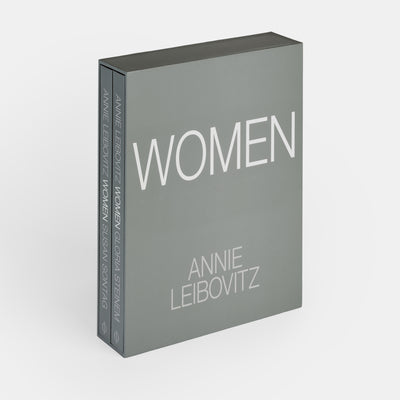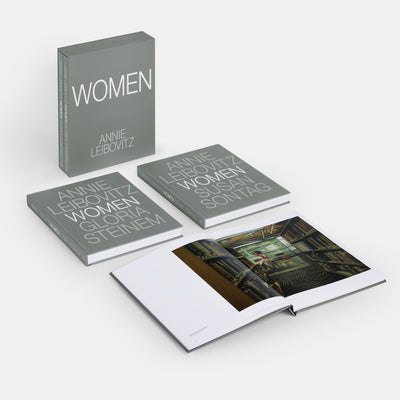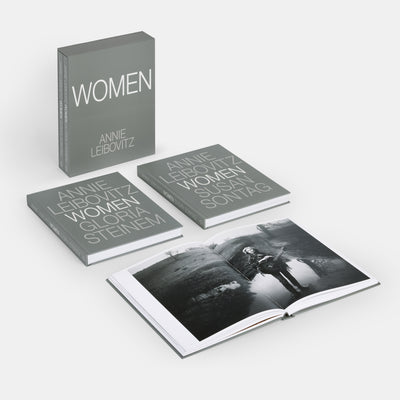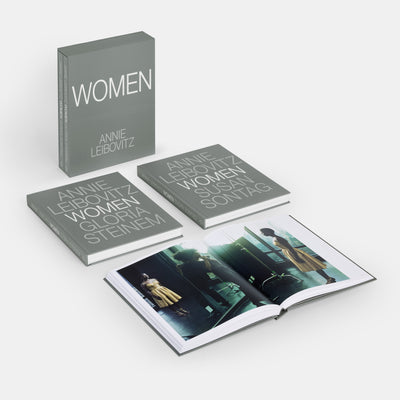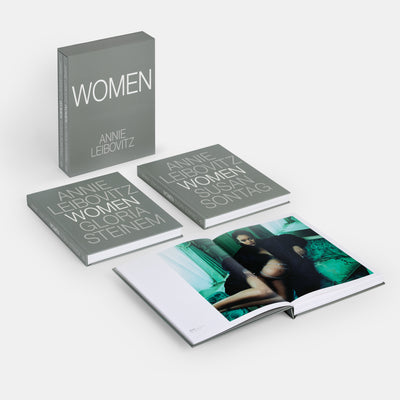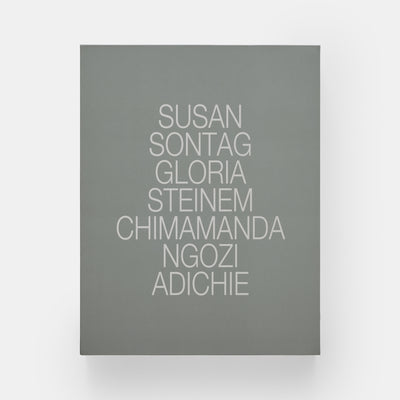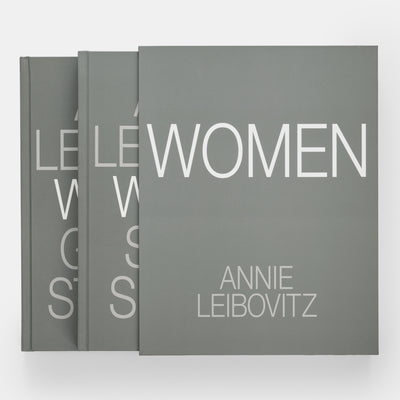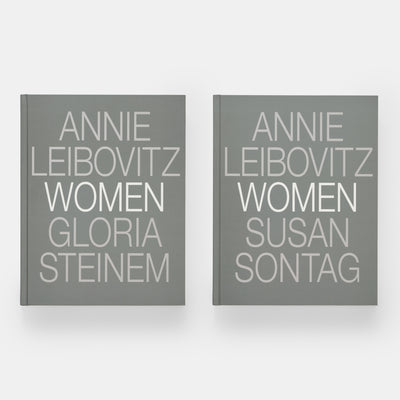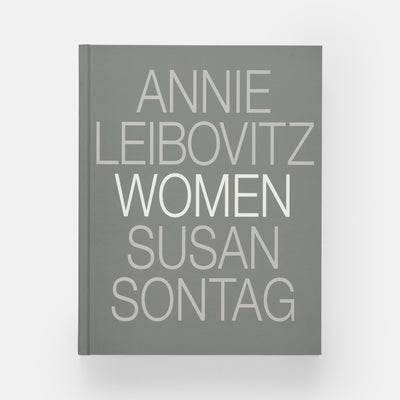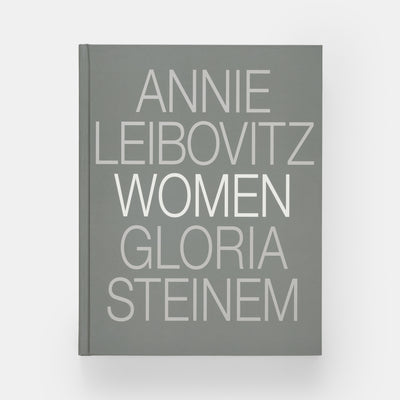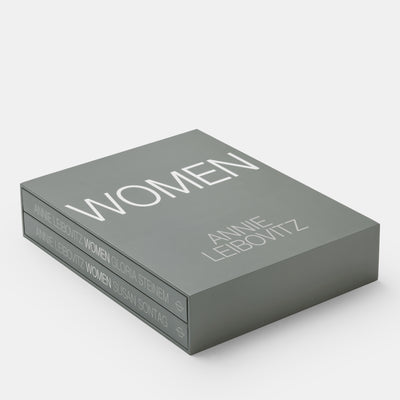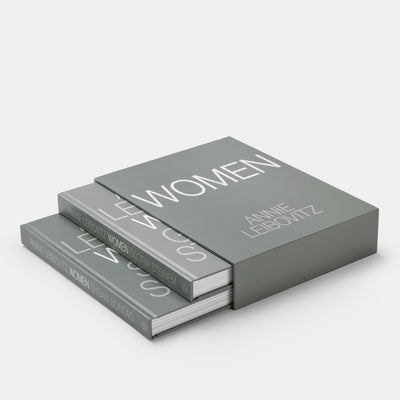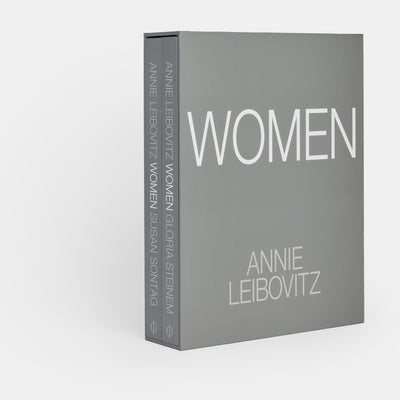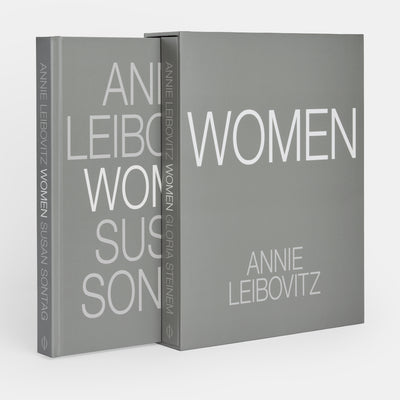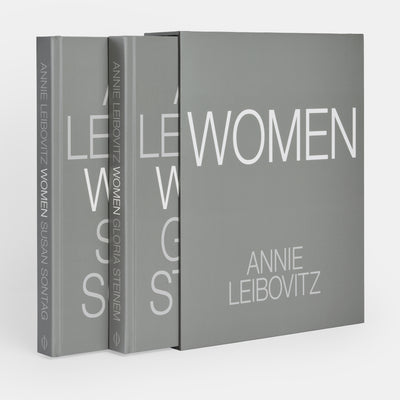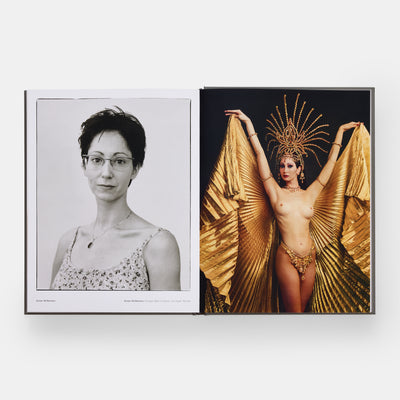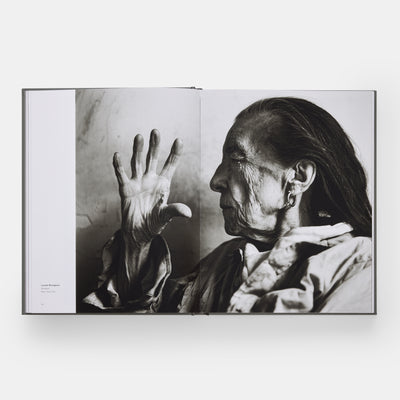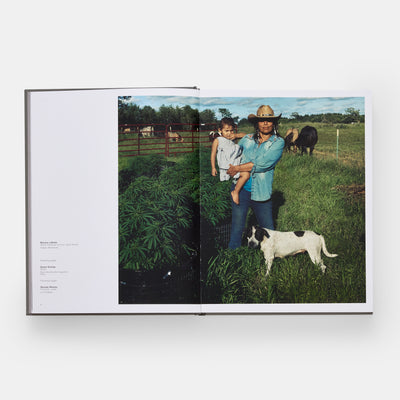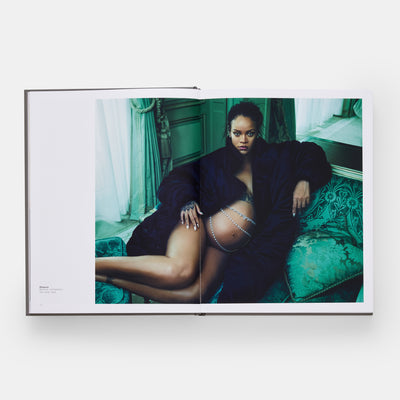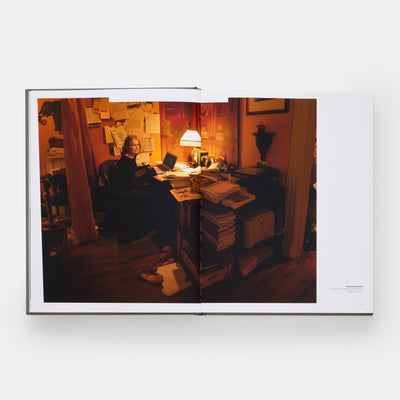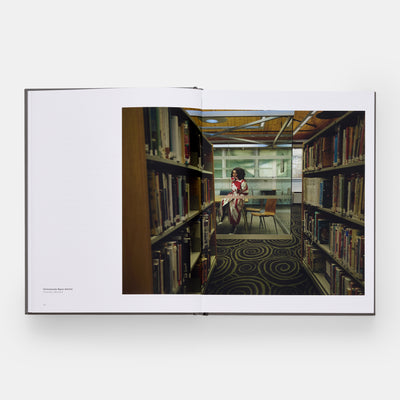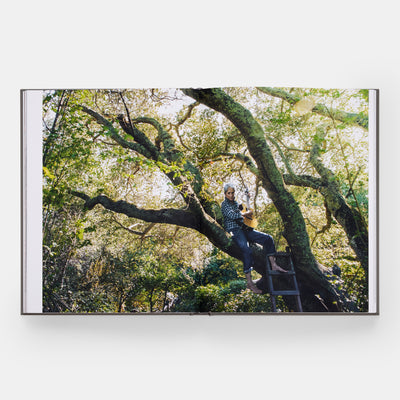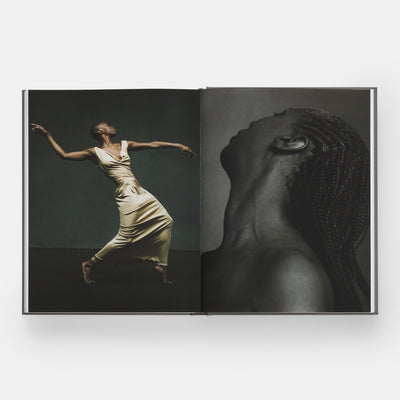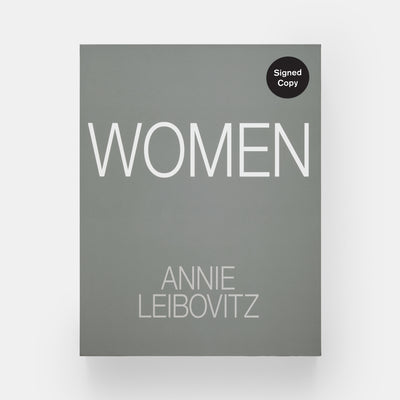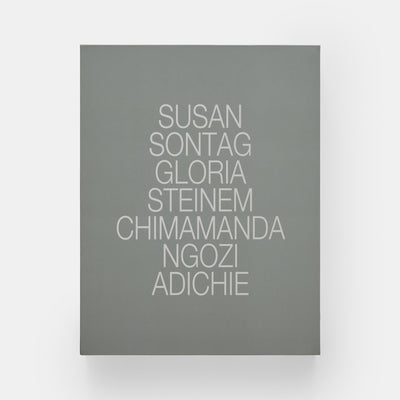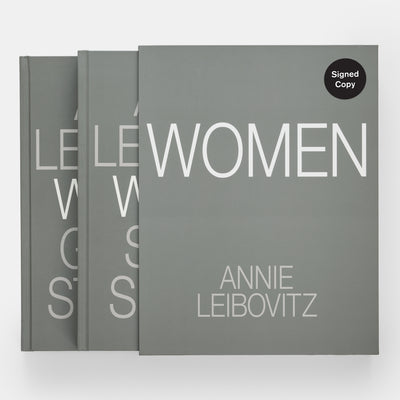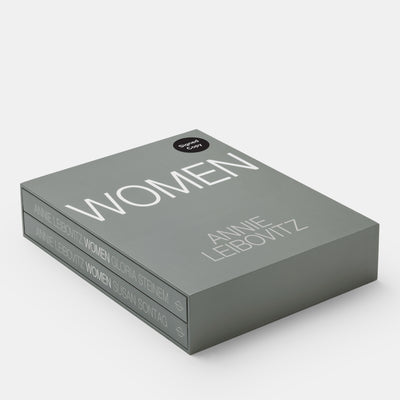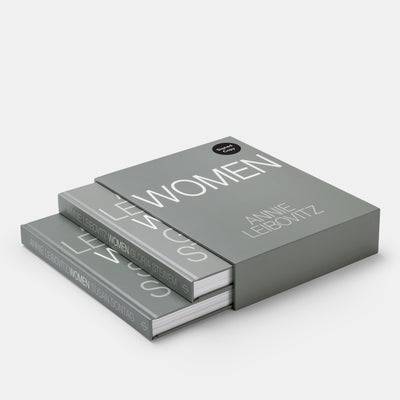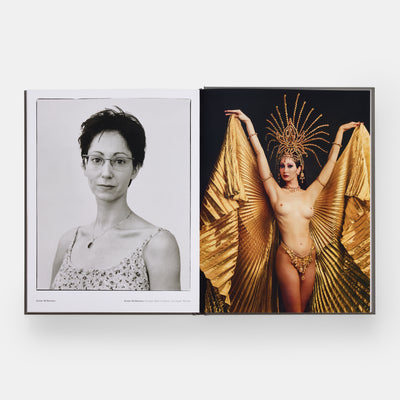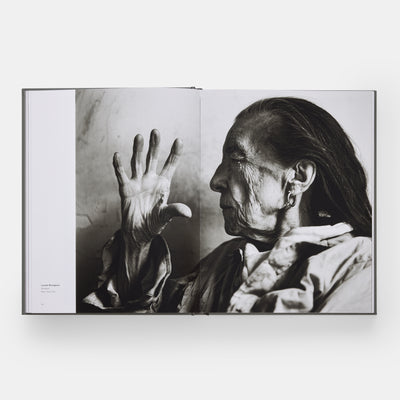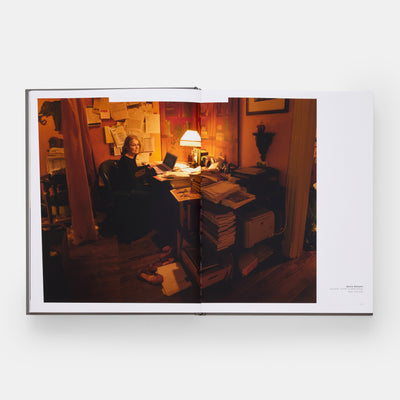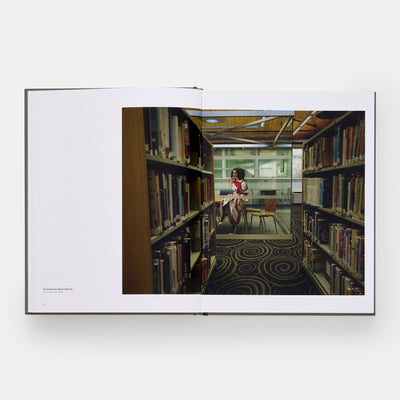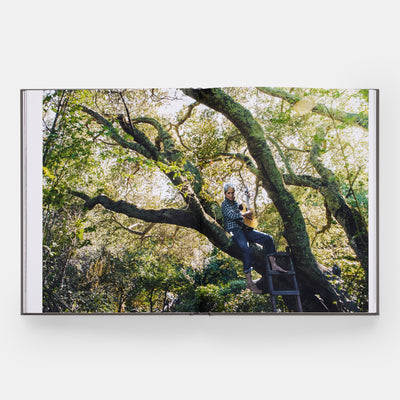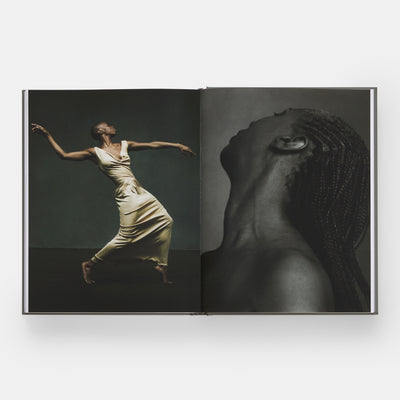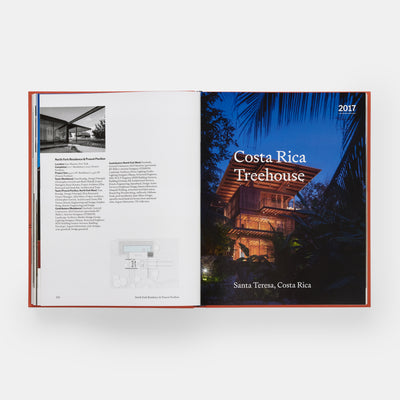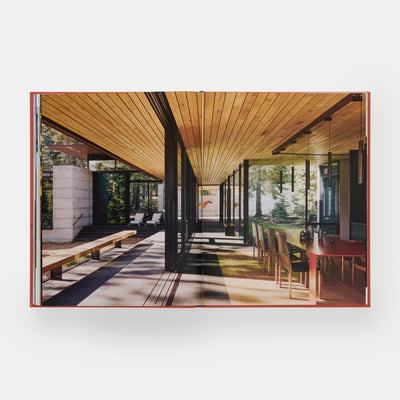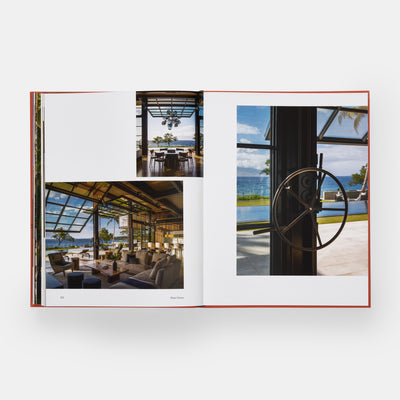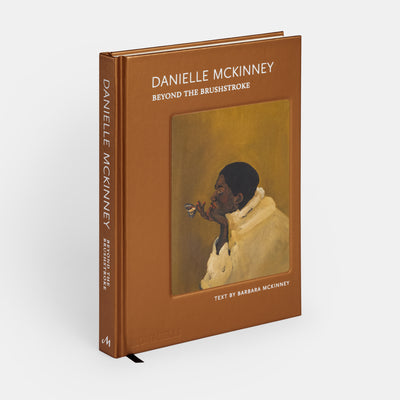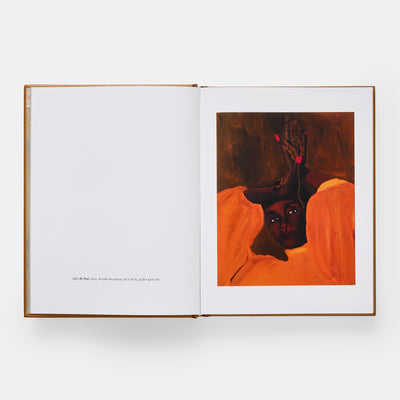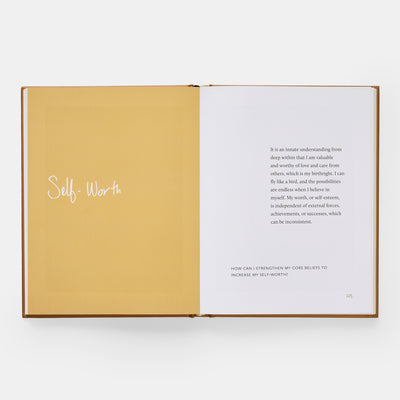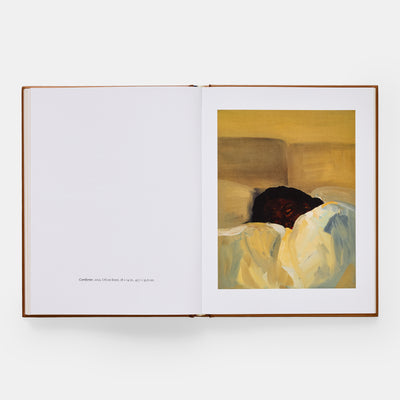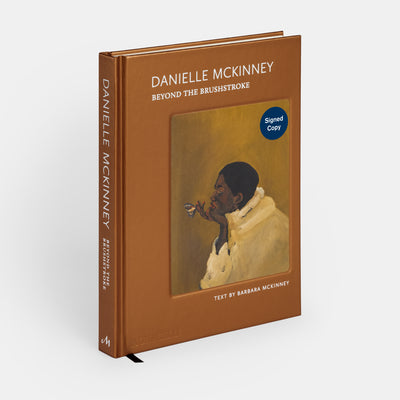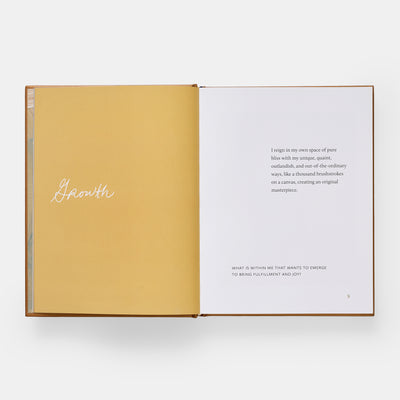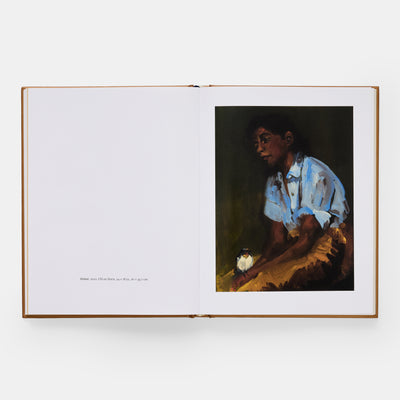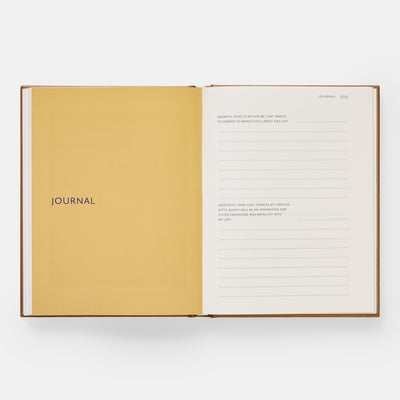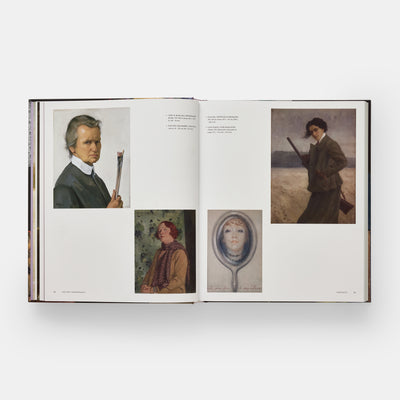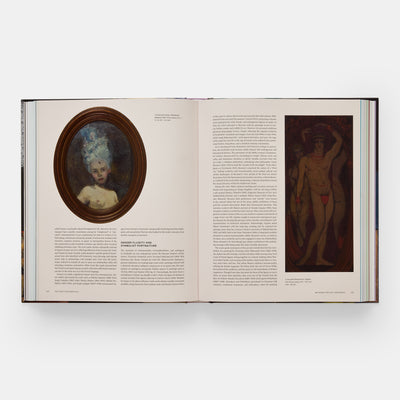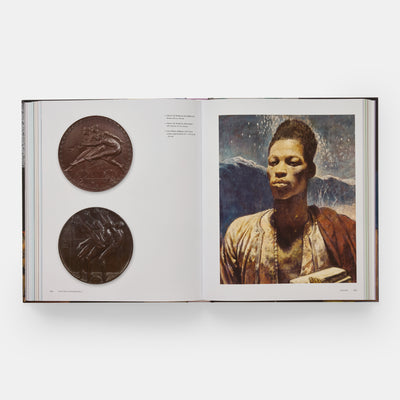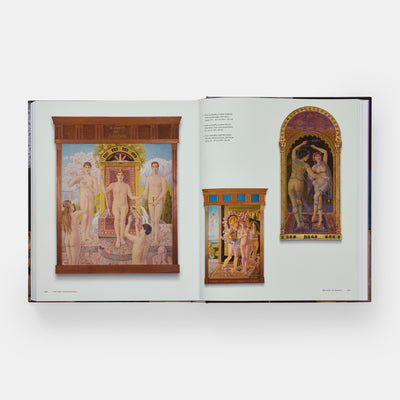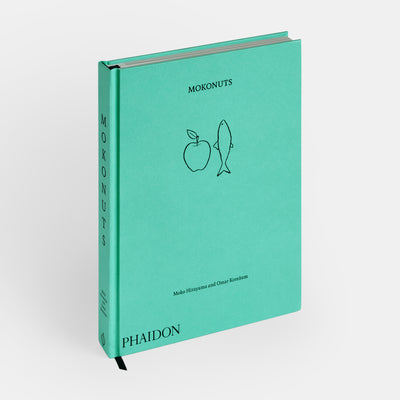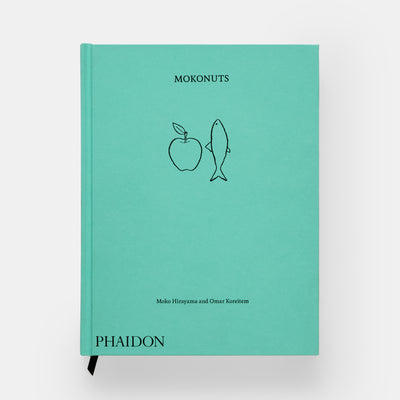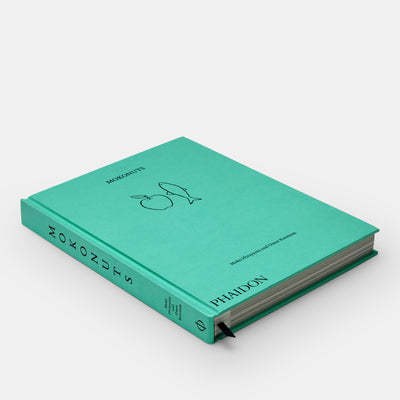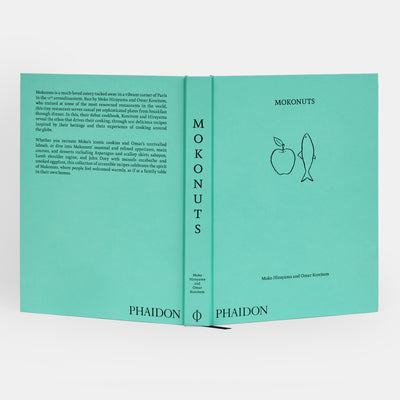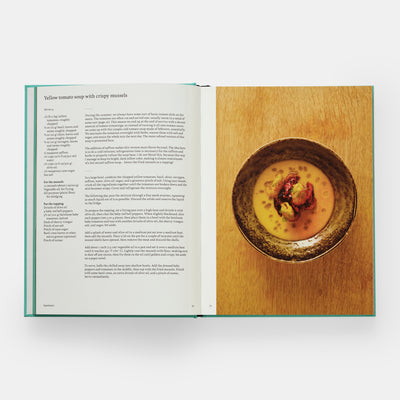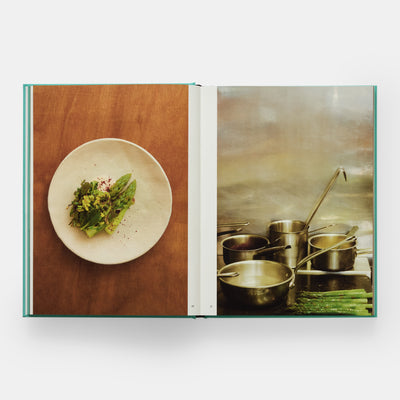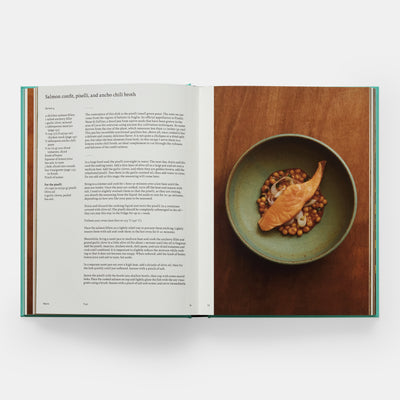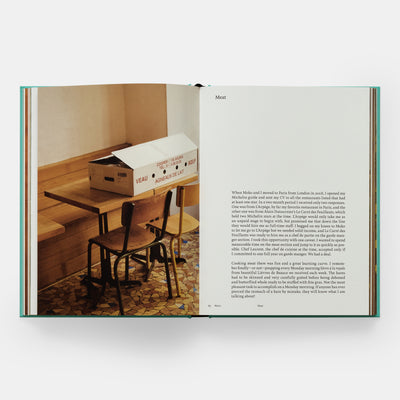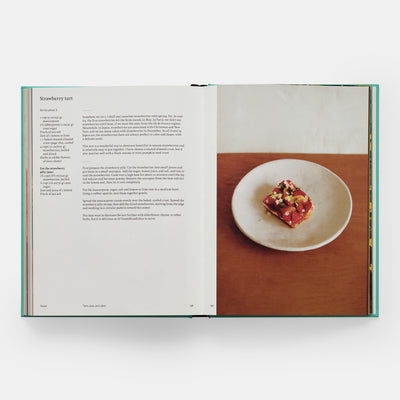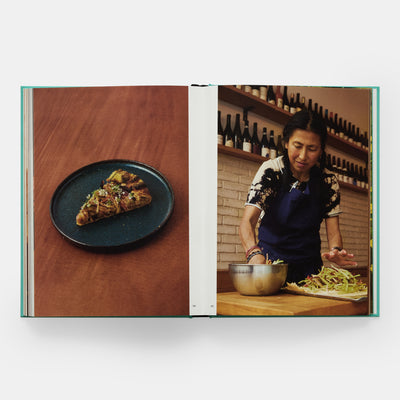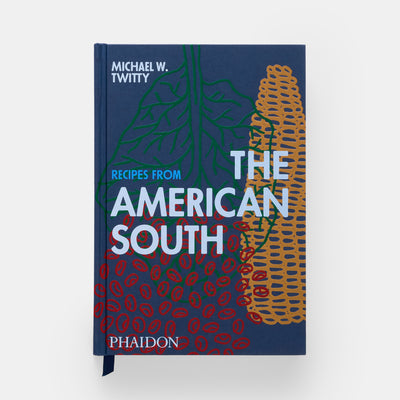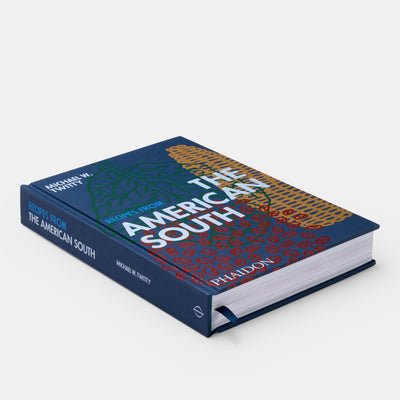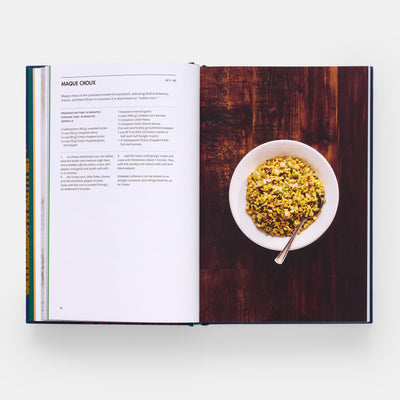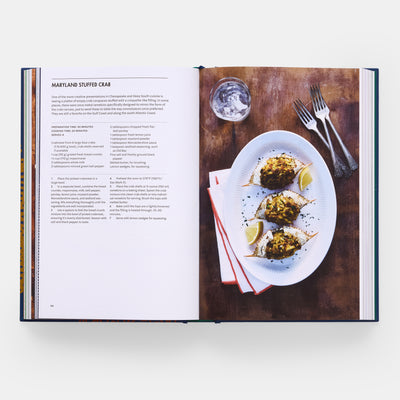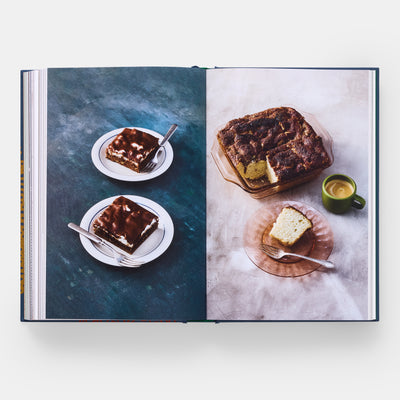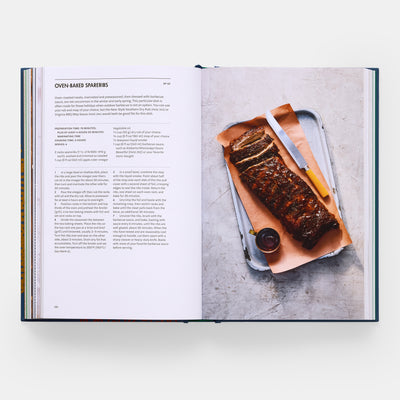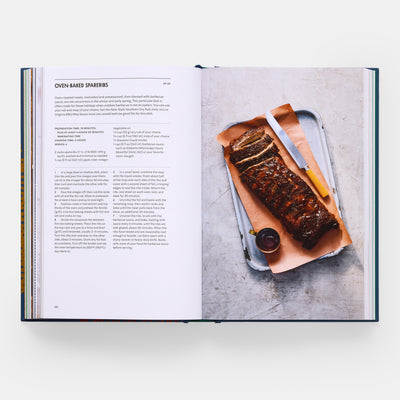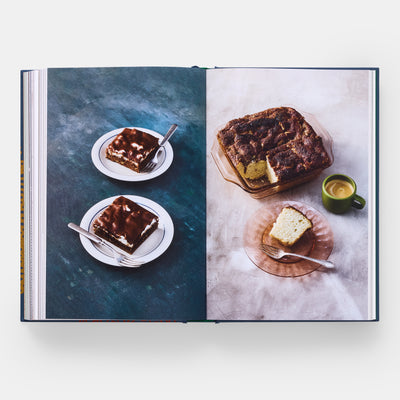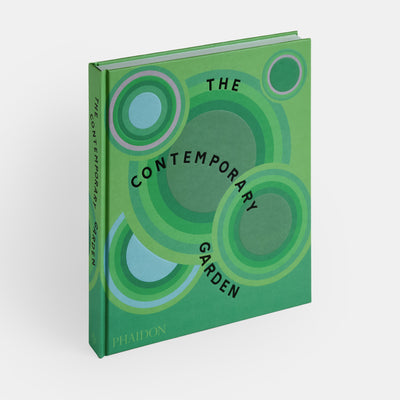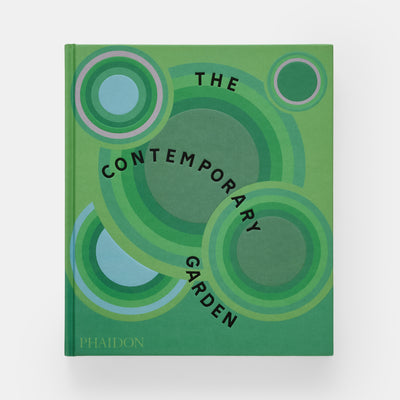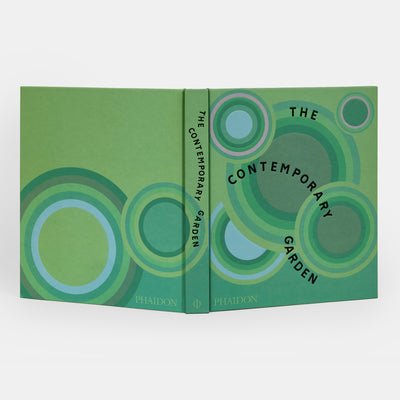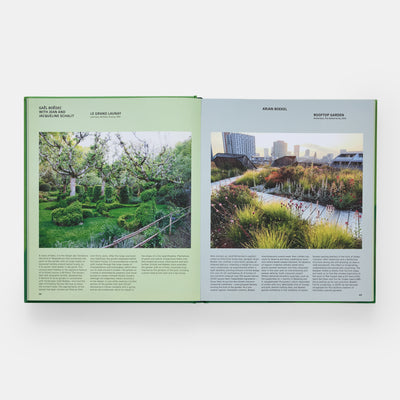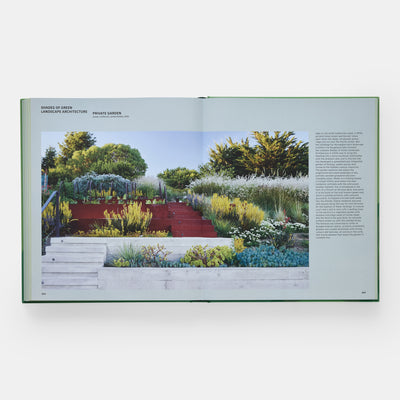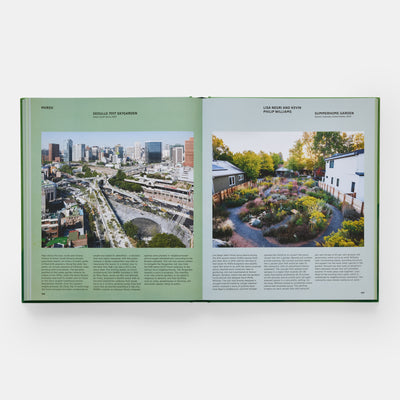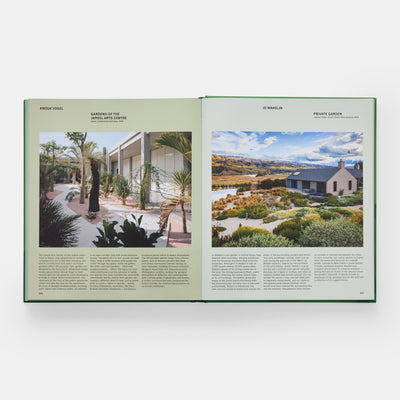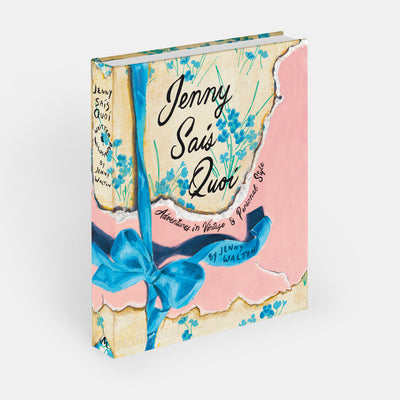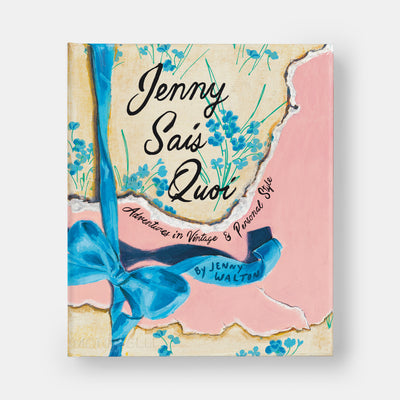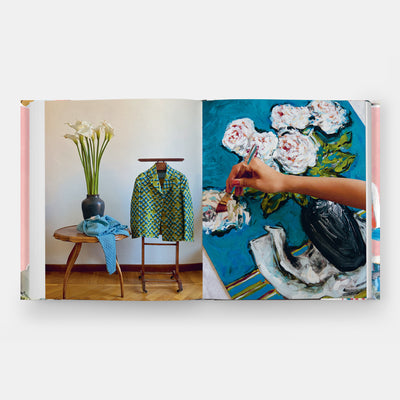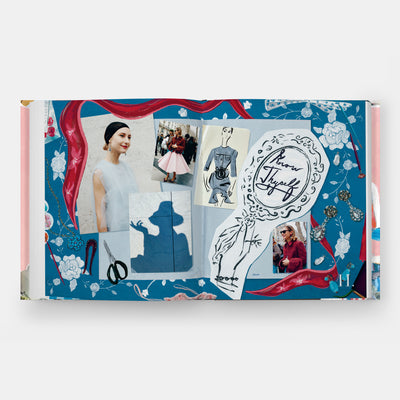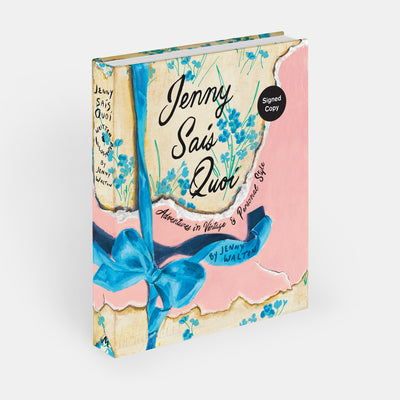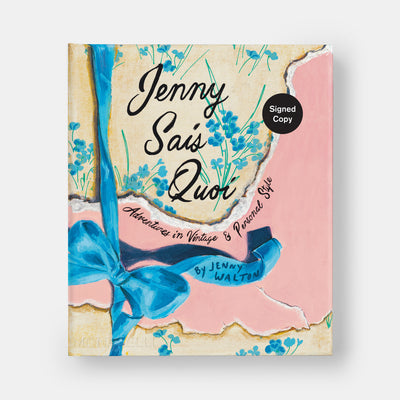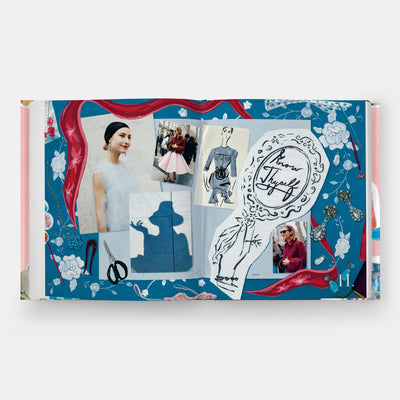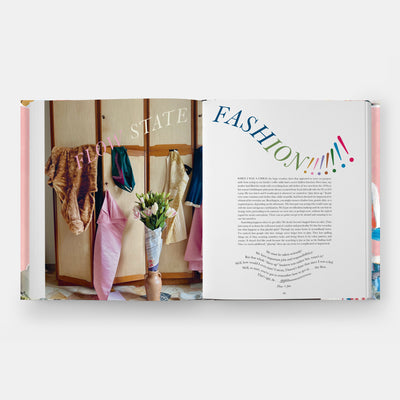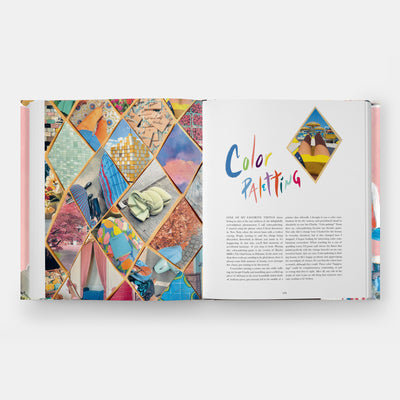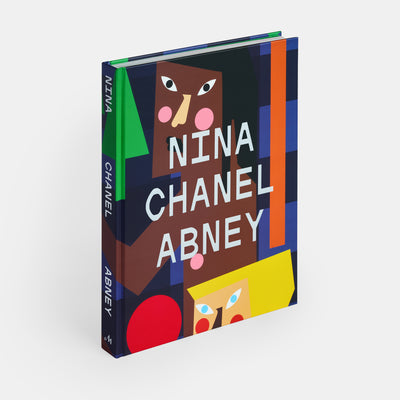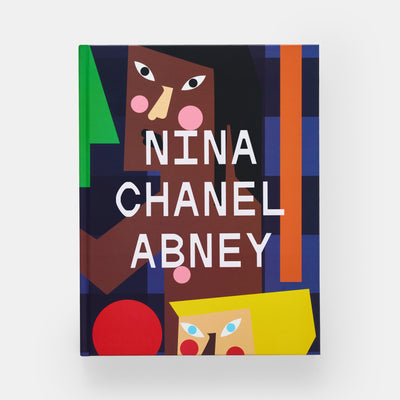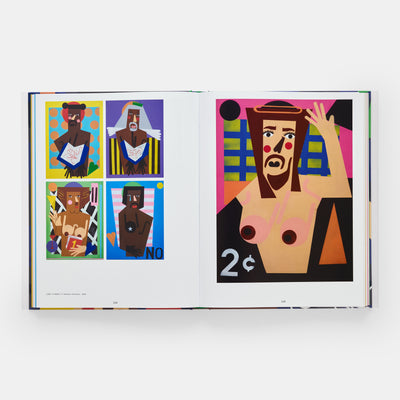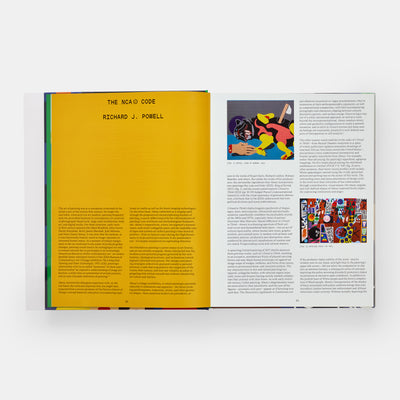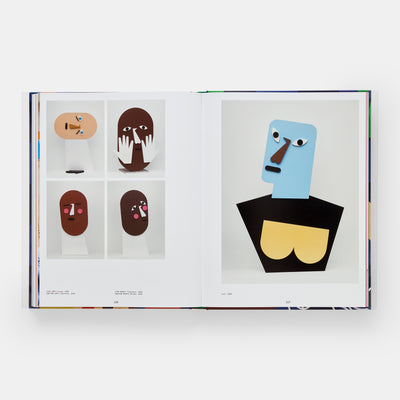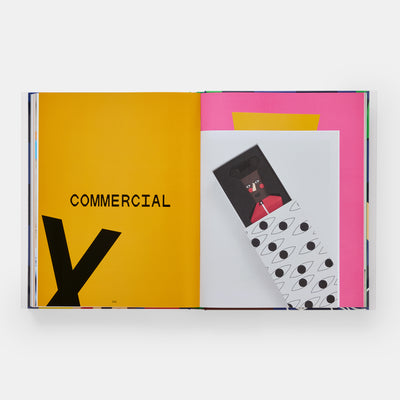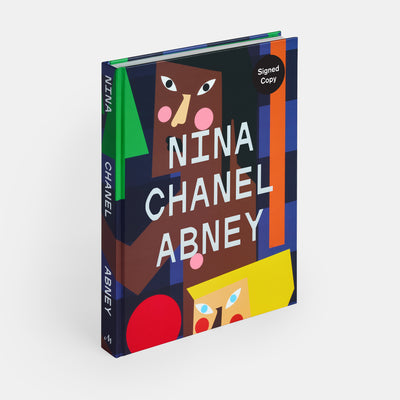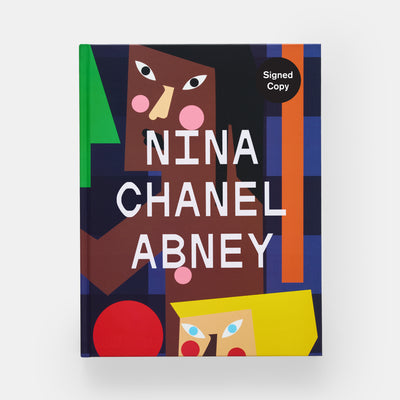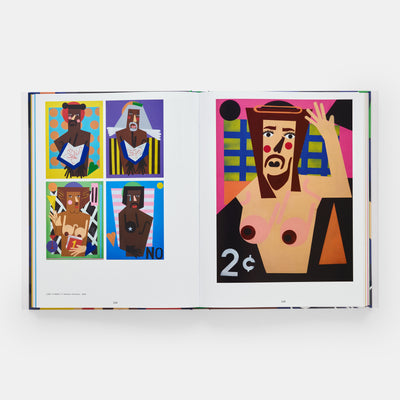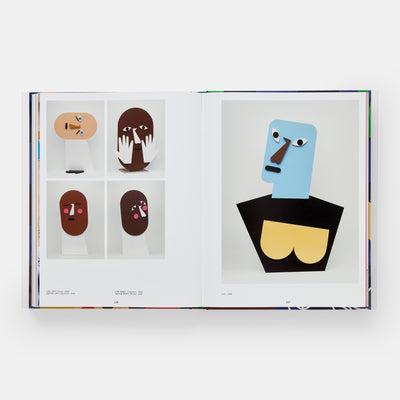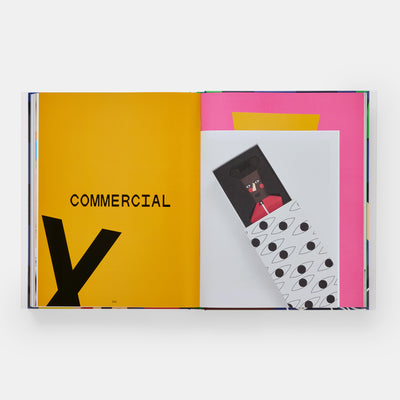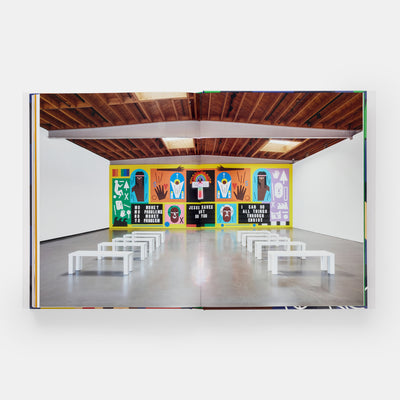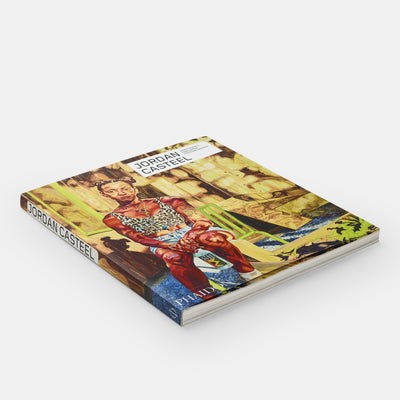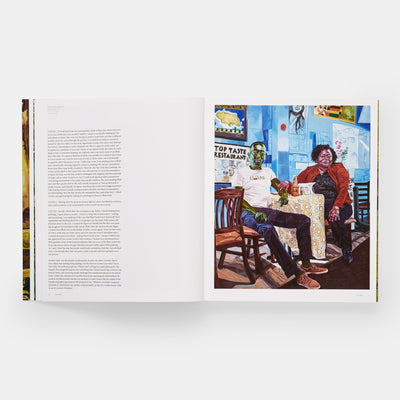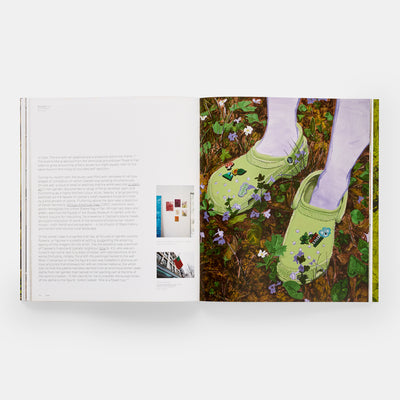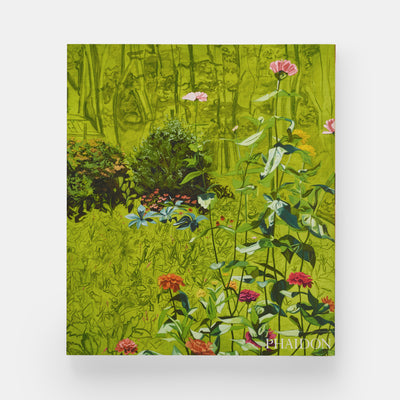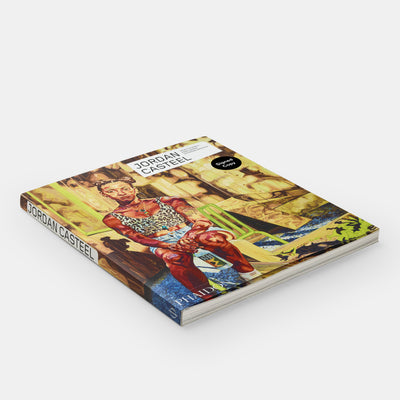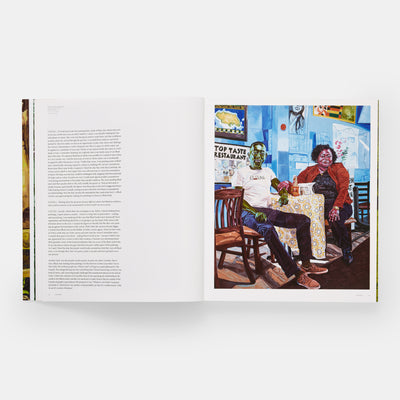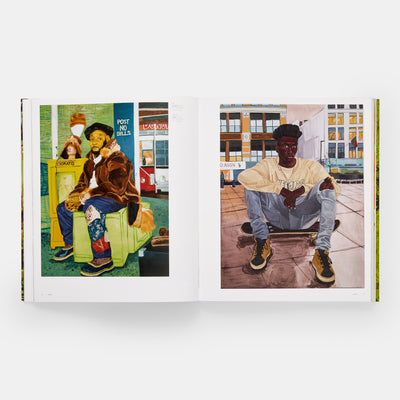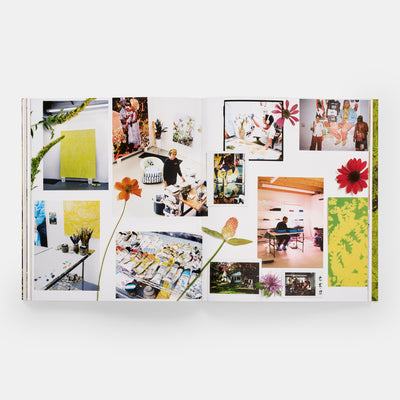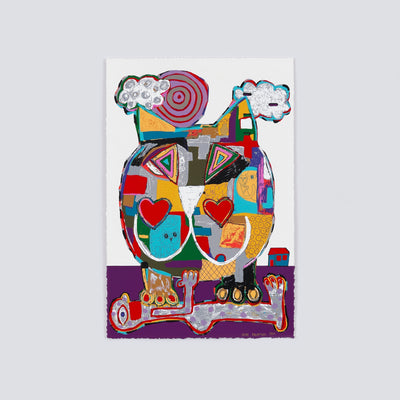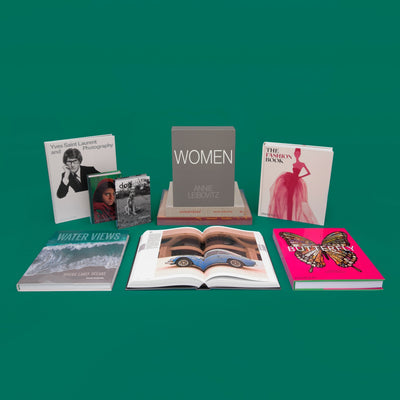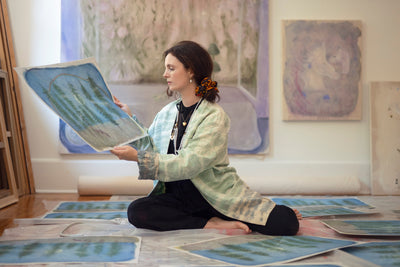Our new overview of jewelry culture takes in big name painters and sculptors, as well as those working the borderline between bijouterie and fine art
There is no shortage of artists in The Jewelry Book. This authoritative collection of 300 of jewelry’s greatest names includes entries on the jewelry work of gallery and museum staples such as Pablo Picasso, Salvador Dali, and Andy Warhol, recording artists including LL Cool J and Rihanna, as well as famous jewelers, including Peter Carl Fabergé, whose fine artistry remains beyond doubt.
Yet the book’s editor, Melanie Grant, demonstrates the medium’s versatility and depth by profiling curators, designers and other creatives operating at the meeting point between the display case and the white cube.
Consider, for example, Elisabetta Cipriani Gallery. Founded by the eponymous Ms. Cipriani in London in 2009, the gallery “has collaborated with more than fifty international contemporary artists in the past fifteen years who otherwise would never have considered making jewels,” explains the new book.
“Cipriani’s tenacious and perceptive ability to seek out artists, ranging from Enrico Castellani to Zaha Hadid, and to inspire them to create limited-edition small-scale artworks from scratch sets her apart in the art world.”
To illustrate the point, the book includes an image of the Talisman necklace by the American sculptor, Michele Oka Doner. (Main image picture credit: Elisabetta Cipriani Gallery, est. London, England, 2009. Photo Ali Emre Göloğlu / Courtesy Elisabetta Cipriani Gallery. Talisman necklace by Michele Oka Doner with a pendant in bronze, 18-karat yellow gold, and diamond, and a handmade chain, from Elisabetta Cipriani Gallery, 2024).
With a pendant in bronze, 18-karat yellow gold, and diamond, and a handmade chain, it’s a ravishing object that would look equally at home on a display plinth as around one lucky owner’s neck.
The diaphanous tiara that accompanies the entry for the young Chinese jeweler, Feng J, by comparison, may look a little more conventional. Yet, as the accompanying text explains, a current of European artists runs through this East Asian star’s work.

Feng J. Image credit: J.N. Luc. A Feng J tiara in the process of being crafted with double rose-cut pink sapphires, purple sapphires, white sapphires, pink spinels, aquamarines, diamond beads, and white diamonds set with her signature floating technique in 18-karat gold, 2021
“With her work rooted in the cultural heritage of China as much as it is in French Impressionism, Feng J is leading a new wave of young Chinese high jewelry designers who are translating visual codes formed over millennia to an audience of collectors and institutions worldwide,” explains the book, before going on to single out another piece by Feng J to illustrate the point.
“Named after French artist Claude Monet’s masterpiece, Les Jardins de Giverny is a prime example - the detachable necklace can also be worn as a bracelet and a ring. With a cut-cornered rectangular step-cut fancy light pink diamond, white diamond beads, various-shaped white sapphires, pink spinels, and pastel-colored tanzanites, aquamarines, and tsavorites, all invisibly set in white gold, Feng J displays an Impressionist take on hue, light, and shadow in a painterly approach to gemstones.”

Monies, est. Copenhagen, Denmark, 1973. Photography by Morten Bjarnhof. Image credit: Morten Bjarnhof & Monies. A model wears Monies copper bracelets, prehistoric ammonite bangle, and rings with rutilated quartz, garden quartz, and brown lip mother-of-pearl, 2013
More challenging bijouterie appears on the page dedicated to Monies. “As an avant-garde jewelry house with a five-decades-long legacy, Monies blurs the line between jewelry and fine art,” explains the book. “Founded by the Danish husband-and-wife duo Nikolai and Gerda Monies in Copenhagen in 1973, Monies is renowned for its unconventional compositions and irreverent spirit.
“With hand-made one-of-a-kind pieces, whether a statement necklace of pristine, jagged mountain crystal with a toggle clasp or a headpiece featuring prehistoric sharks’ teeth, both made by Gerda to celebrate Monies’s fiftieth anniversary, the Monies aesthetic is timeless, pure to its source material, and uncompromising in design. Monies is now led by Nikolai and Gerda’s son, Karl, as the house’s creative director, and each piece—including bracelets, necklaces, and earrings of baroque and freshwater pearls, amber, rare ammonites, and bog oak—continues to be procured, designed, and assembled with a deep reverence for the materials.”
For more on those materials and reverence, as well as much more besides, get a copy of The Jewelry Book here.

